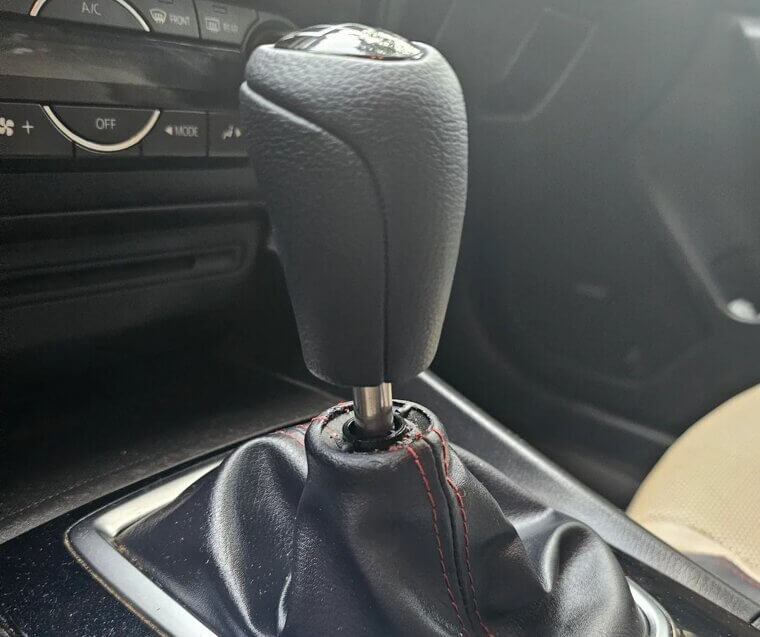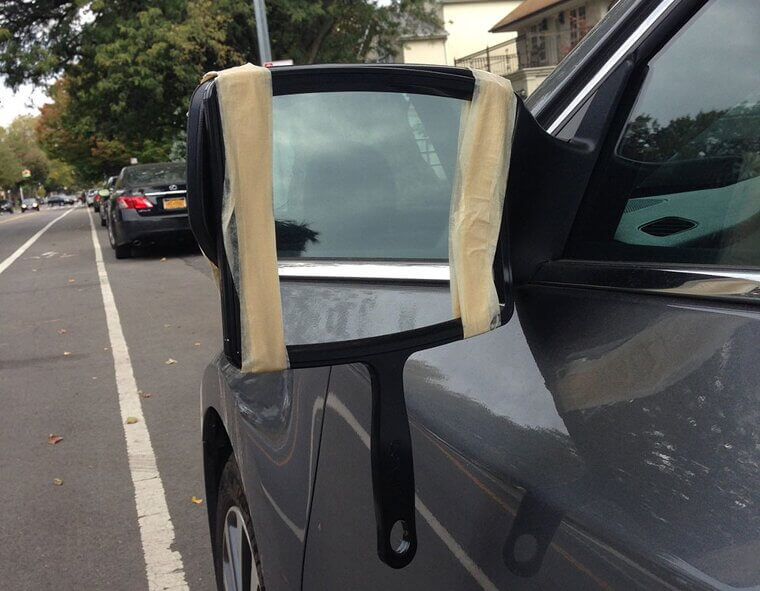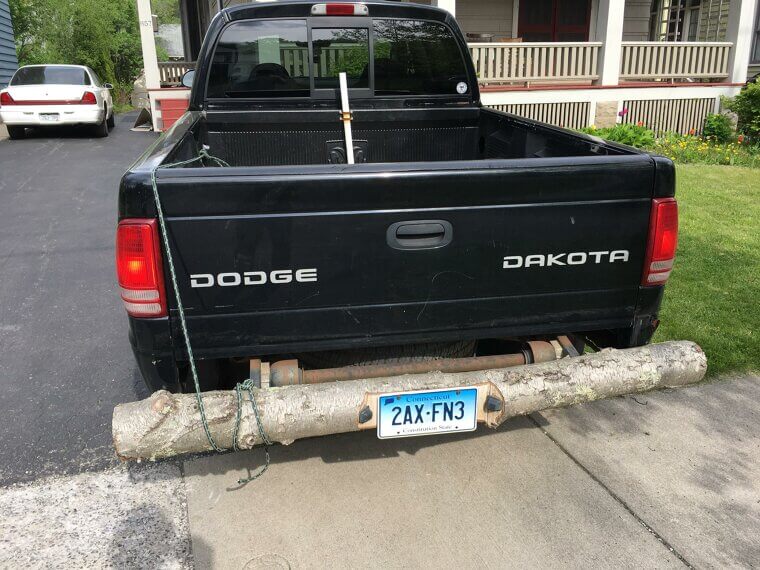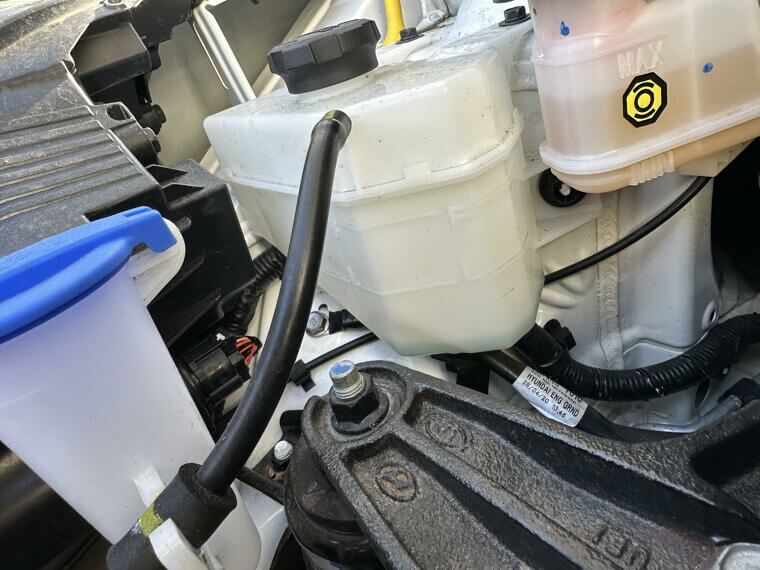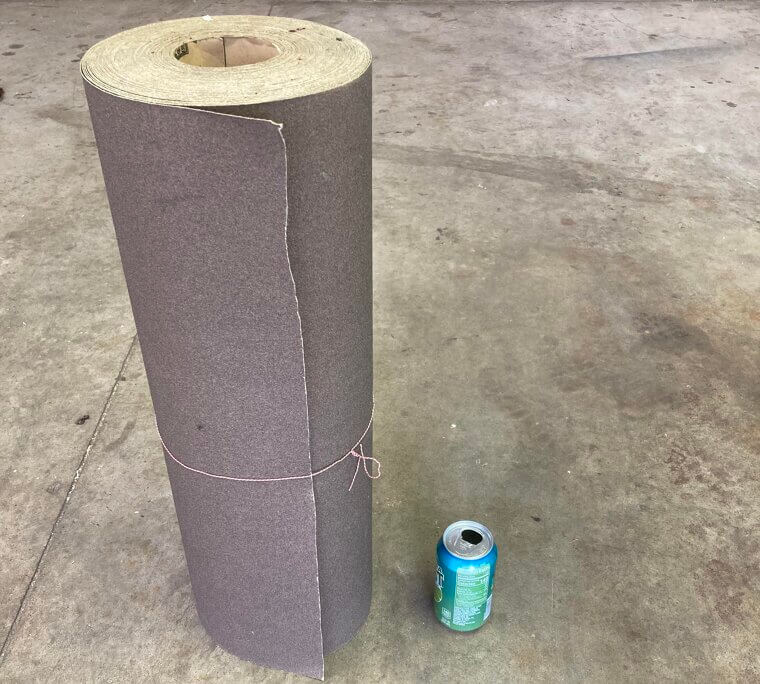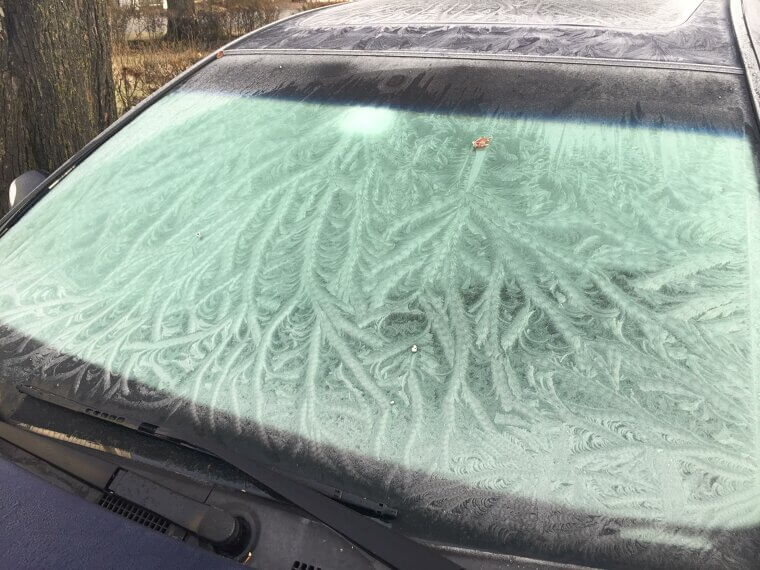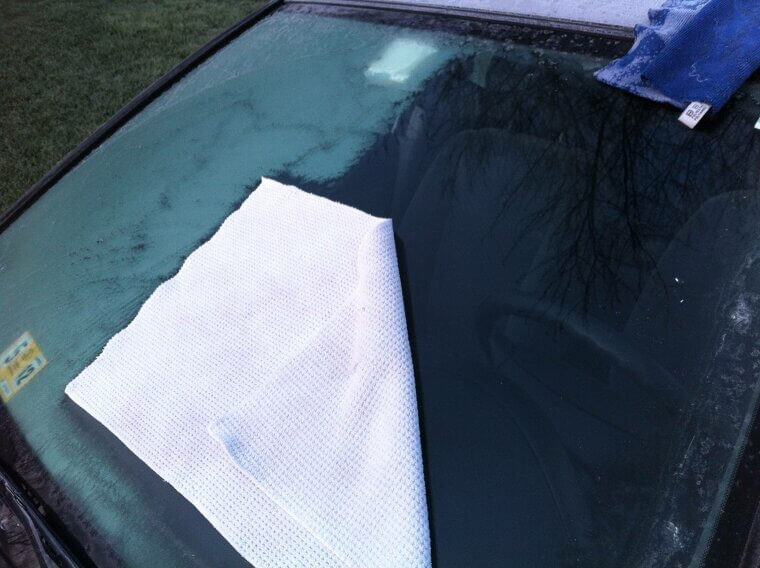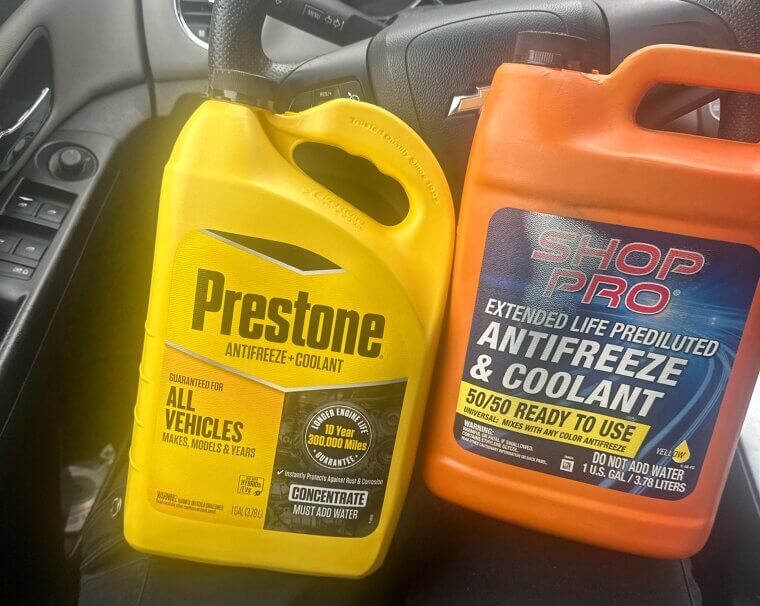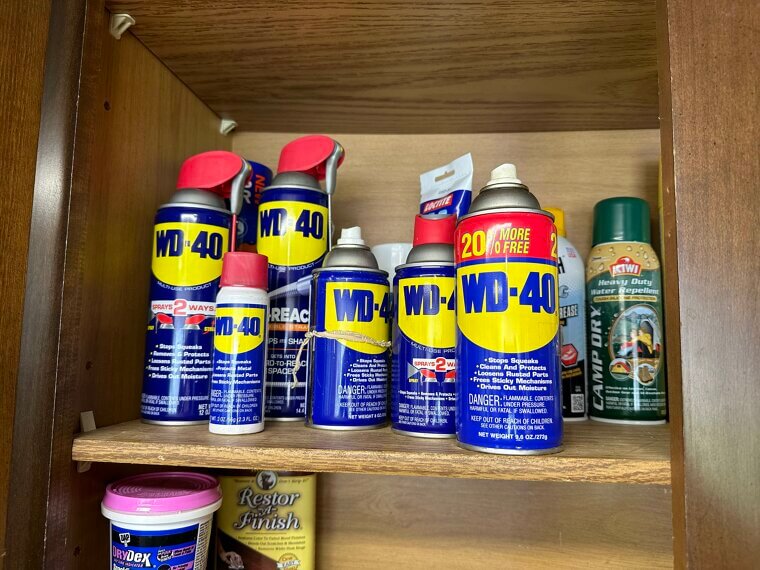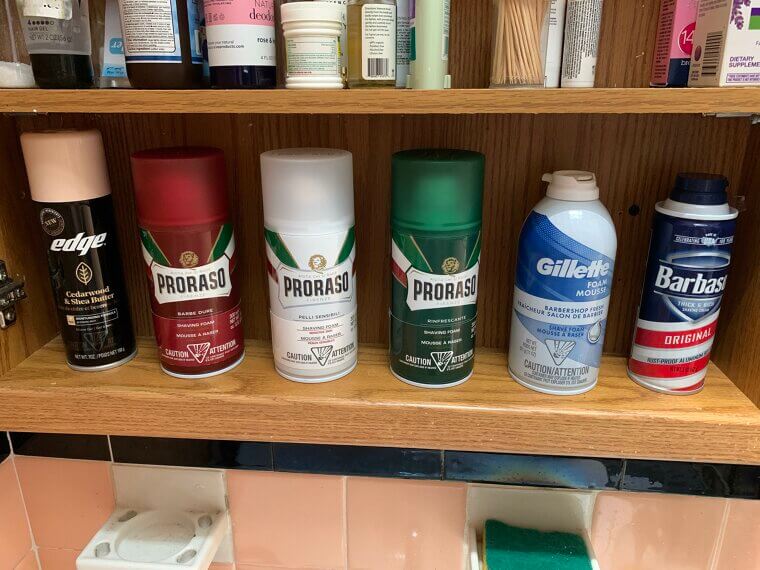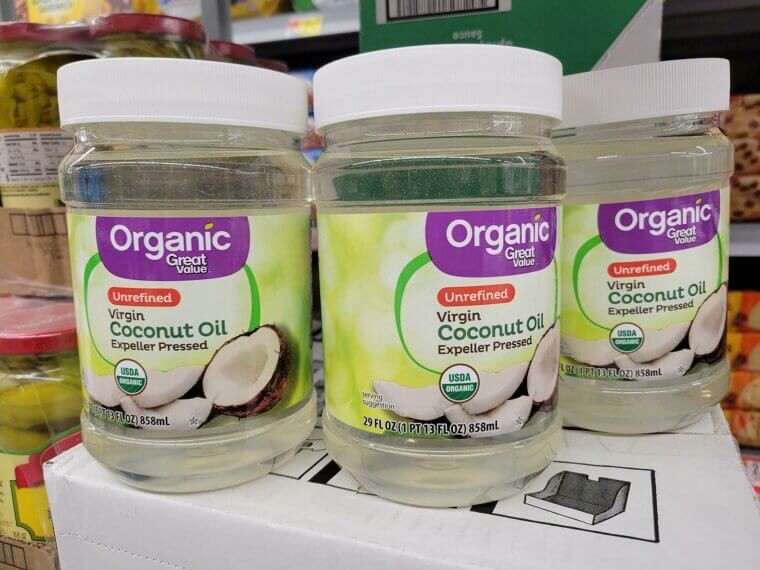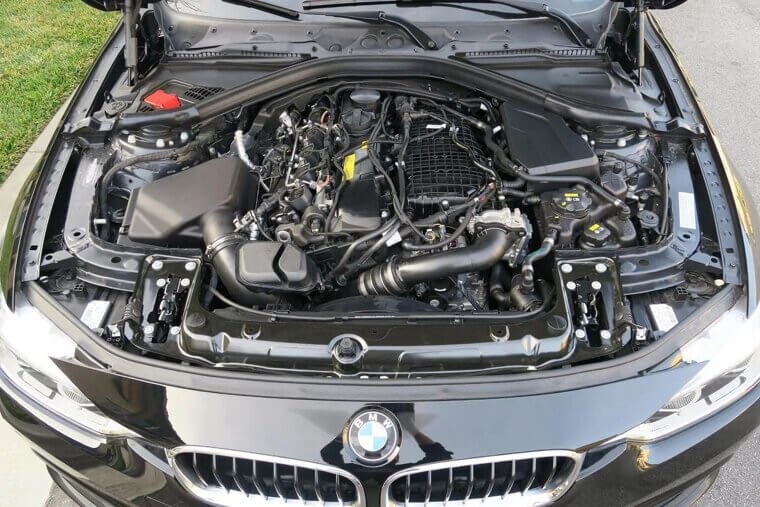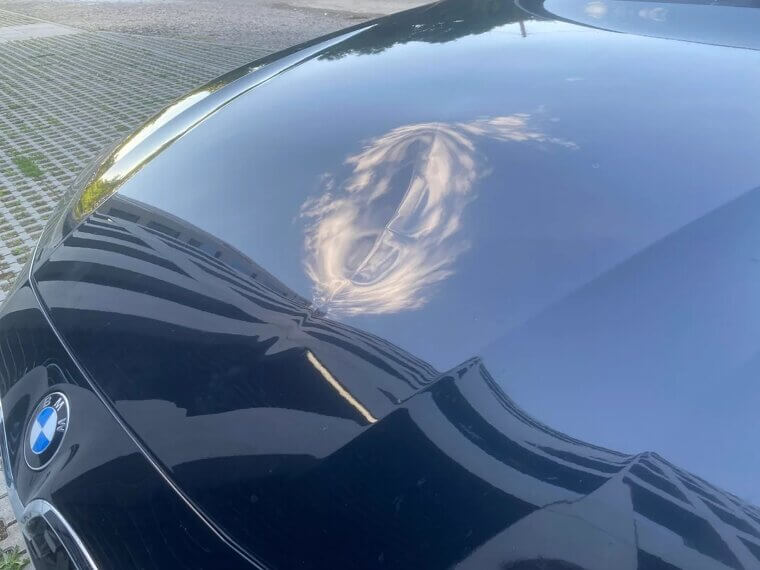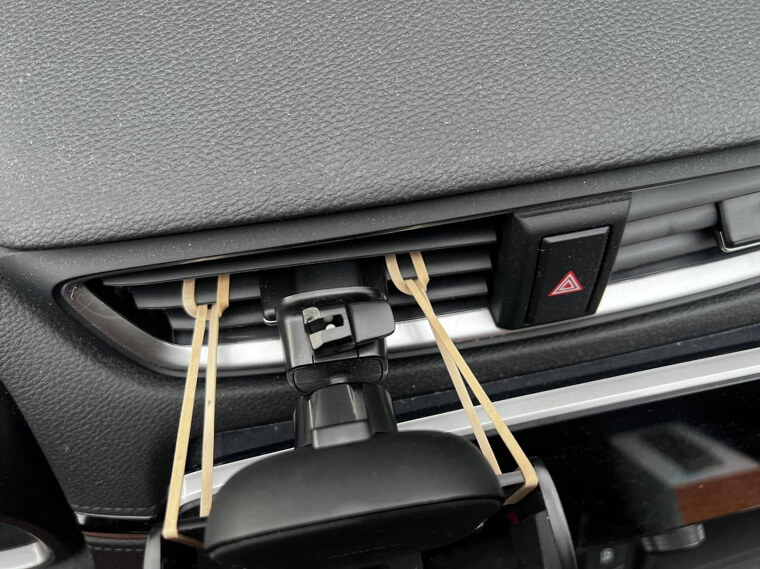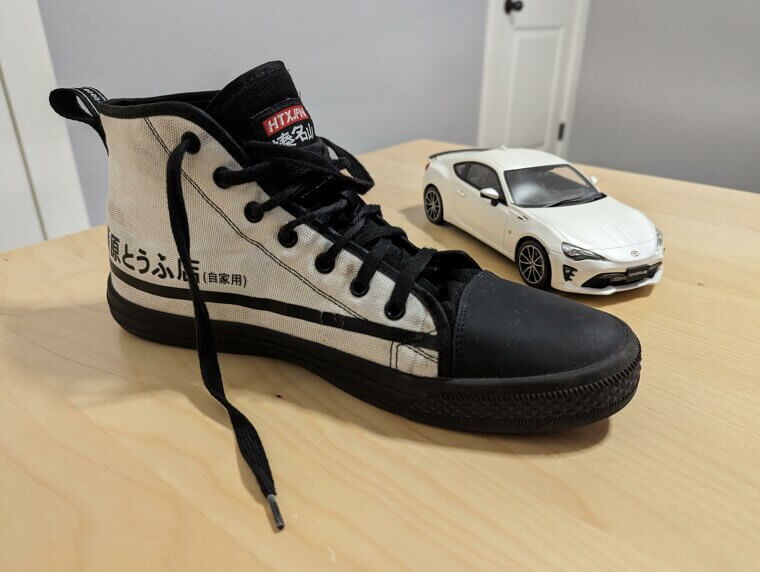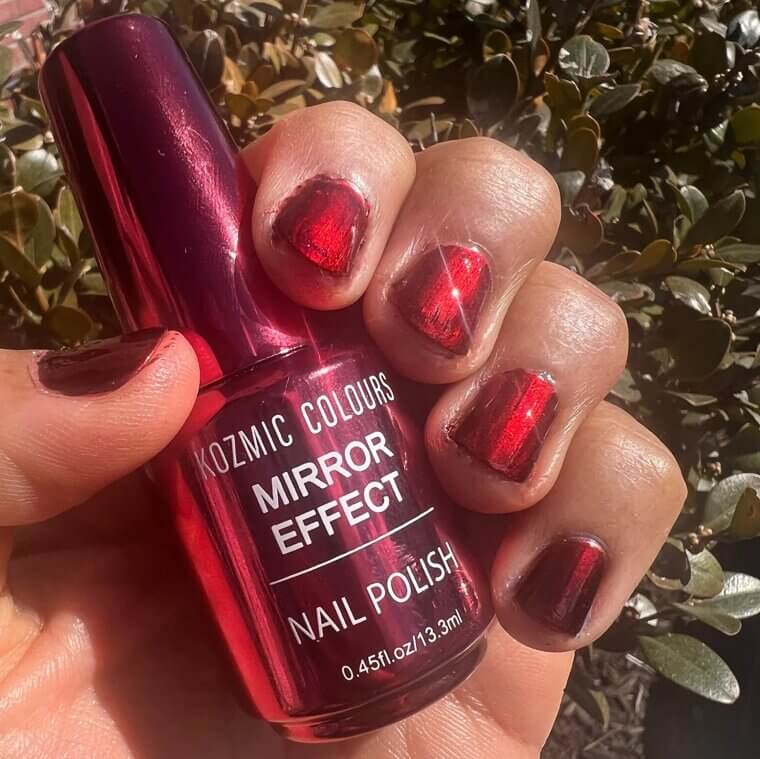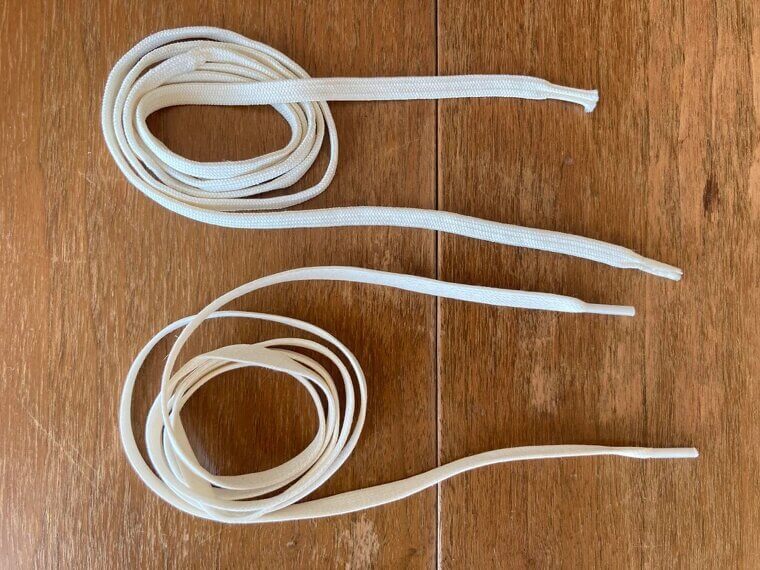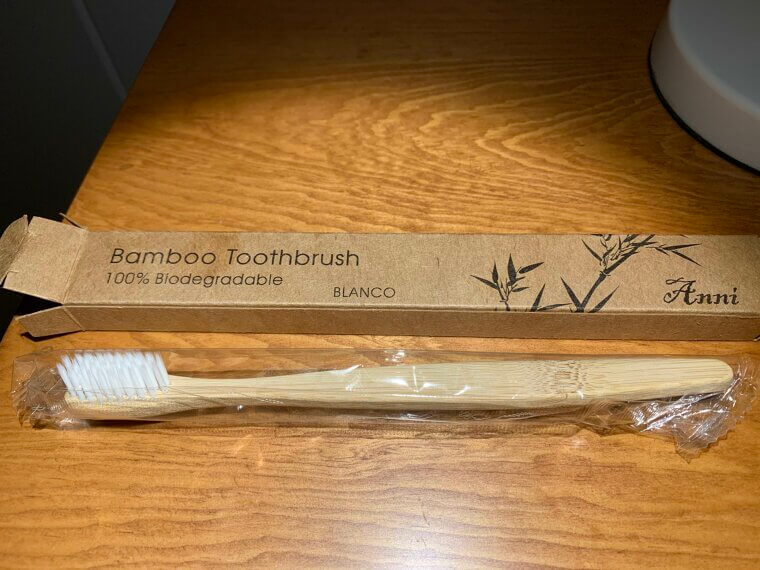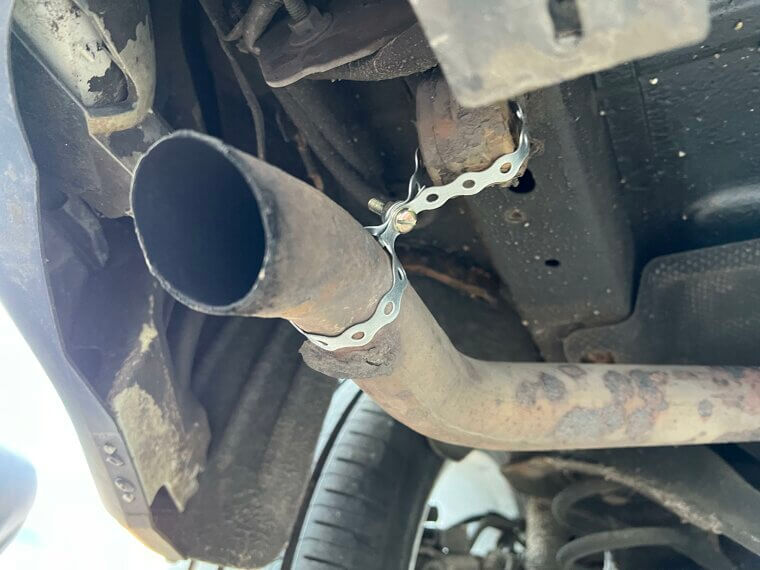No-No Car Hacks We Should All Avoid
Owning a car is expensive. Besides having to pay for fuel, oil, and water just to keep the damn thing running, you’ll also need to set aside some cash in the event of an accident, breakdown, or pretty much any other issue you can think of. Still, having to pay a bit of money upfront for repairs or modifications is better than these car “hacks” that some people swear by.
Fairy Lights
Fairy lights are a staple of the festive season and of teenage girls’ bedrooms all around the world. There’s no doubt that they have a certain charm, but if you were thinking of making the inside of your car a little more whimsical, think again. Fairy lights can distract other drivers and reduce visibility, especially at night.
Gear Stick Height
There are a few ways to make your car a little more comfortable. You can adjust the angle of your backrest, add seat covers, and even control the temperature to your liking. But one thing you have no control over is the placement of your gear stick, and it’s a bad idea to adjust it yourself without any professional help.
Spray Painting
For as long as cars have been available to the public, people have wanted to customize their rides with paint jobs, under glows, and unique rims. However, it’s one thing to give your car a fresh coat of paint and an entirely different thing to spray paint your rear lights, which could limit other drivers’ ability to see your signals.
Hand Mirrors
Unfortunately, accidents happen, and sometimes we don’t have the money to repair the damage they cause. However, if one of your side mirrors has been knocked loose, it’s better to get it seen to as soon as possible than to use a hand mirror as a substitute. Simply put, hand mirrors lack the curvature and field of view necessary for safe driving.
Bumpers
Almost every driver is going to be the victim of a fender bender at some point in their life. When that happens, it’s better to leave your car in the shop than attempt any repairs yourself. While wood and chains can seem like a reliable DIY substitute, they don’t have the durability to survive any real collisions.
Lug Nuts
During the winter months, it may be a good idea to get a fresh set of wheels, depending on where you live. However, if you thought to loosen the lug nuts on your existing set in advance, think again - loosened lug nuts can cause the wheels to come off while you’re driving.
Oil and Brake Rotors
Brake rotors connect to each of your wheels and work in tandem with your brakes to help bring your vehicle to a stop. Some people think that they need to be constantly lubricated to work, but this simply isn’t the case. In fact, applying oil to your rotors can actually increase your stopping distance due to the reduced friction.
Coolant and Water
Similarly to how the human body needs water to survive, your engine needs coolant to prevent freezing and corrosion. Of course, water is hardly a viable substitute in this case, but that hasn’t stopped some people from trying.
Sandpaper
Depending on where you live, the winter months can be brutal for your driving experience. Besides the amount of ice and snow you’ll have to trudge through, your windshield may also become frosted. Some people have taken to using sandpaper to remove the stuff; unfortunately, this also scratches the windshield, impairing your visibility and compromising your safety.
Boiling Water
Okay, so sandpaper’s out. What about boiling water? Well, while a jug of hot water can clear the ice off your windshield, the sudden change in temperature can actually cause the glass to crack, and the solution ultimately causes more problems than it solves.
Wet Towels
Even outside of the winter months, it tends to get pretty chilly at night, leading to frost accumulating on your windshield. This is best removed slowly with a dry, soft rag and not a wet towel, which can actually stick to your windshield and obscure your visibility.
Charging Your Phone
Most cars these days come equipped with a USB port to make using your phone in the car that much easier. However, we’d be cautious about using this for charging, especially over long periods of time, since extensive use can actually damage your console.
Antifreeze
We’ve already discussed coolant (AKA antifreeze) and its functions, but don’t make the mistake of assuming that coolant is necessary for all of your car’s internal components. Adding antifreeze to your brake fluid, for example, won’t prevent your brakes from freezing - it’ll just cause more corrosion.
WD-40
WD-40 is a wonderful liquid. It’s used for preventing rust, displacing moisture, and lubrication, but despite its versatility, you’ll want to keep it away from your headlights. The chemicals it contains can damage your headlights’ protective coating while also discoloring them, leading to reduced visibility for other drivers.
Fuel Tank Draining
While it’s not something you’re likely to do very often, there will be times when draining your fuel tank would be a good idea, in the case of contaminated fuel, for example. Don’t make the mistake of draining your tank preemptively, however - this can lead to troubles with starting your car and cause issues with your fuel system overall.
Dashboard Warning Lights
Your dashboard is a super useful device and a great source of information that you’d be wise to take advantage of. When it gives you a warning, it’s a good idea to heed it - ignoring those warning lights may save you from stress in the short term, but it’ll probably lead to some costly issues in the long run.
Cooking Oil
Cooking oil is sometimes touted as a great way to remove grease and stains from a car’s interior. In reality, though, it’s almost never a good idea since cooking oil can actually attract more dirt while damaging the integrity of your car interior’s surfaces.
Shaving Foam
Cleaning with shaving foam is another one of those DIY hacks that has, unfortunately, caught quite a bit of traction. To be fair, it can be useful for cleaning windows and floor mats, but it’s not something you should use on your car seats’ upholstery.
Coconut Oil
As if shaving foam and cooking oil weren’t enough, some people have also advocated the use of coconut oil for removing stains. It’s effective on soft surfaces like wool and cotton, but you’ll want to keep it away from your car’s body, where it can damage the clear coat and paint job.
Over-Inflation
Getting your tires pumped is one of those menial bits of car admin work that you have to do regularly. While it can be annoying, it’s much better than over-inflating your tires, which can lead to blowouts and reduce the amount of traction your wheels have.
Turning the Engine Off
When you arrive at a stop light, you could be expected to wait a while before moving again, depending on the flow of traffic and how many cars are in front of you. Don’t be tempted to switch the engine off to conserve fuel, however, since this may inadvertently cause unnecessary wear on your starter motor, especially if you do it frequently.
Tornado
The Tornado is a gizmo that you place into your car for better fuel economy and power… at least, that’s what it’s marketed as. In reality, this product - and others like it - are woefully ineffective.
Shifting to Neutral
Shifting into neutral when going downhill can conserve fuel, but the small amount you save isn’t worth it in the face of the potential brake failure it may incur.
Tailgating Trucks
You shouldn’t ever get into the habit of tailgating in general, but many drivers will closely follow behind trucks in an effort to eliminate wind resistance and save a small bit of fuel. It’s still dangerous, however, and can lead to a collision, which far outweighs the minuscule amount of fuel you may save.
Coke Cans
Using an empty soda can to patch a broken tailpipe may seem like a quick, hassle-free solution, but this bit of redneck engineering is likely to cause you more harm than it prevents due to it being a fire hazard.
Wooden Blocks
Your bumper - while flimsy and fragile - can prevent more serious damage in the event of a collision. If yours is missing or otherwise damaged, don’t make the mistake of using wood as a makeshift bumper because it simply isn’t capable of absorbing enough impact to make any difference.
Plastic Bags
When a part of your car is exposed due to damage, you’re better off sending it to the shop than attempting to cover it up yourself. Plastic bags can cover broken windows in a pinch, but you never want to use them as a substitute for a damaged hood.
Umbrellas
Convertibles are great for those who think that the fresh air you get from cracking a window just isn’t enough. Of course, they can become stuck due to damage or wear and tear. When that happens, don’t get any smart ideas about using an umbrella as a substitute for your roof.
Plungers
Over the course of your driving career, your vehicle is likely to suffer a dent or two, which a professional could easily fix. Don’t follow the advice of redneck engineering, which advocates the use of a plunger to remove dents.
Elastic Bands
With just how important smartphones have become in modern society, it makes sense that many new car models include built-in phone holders. If you’re driving an older vehicle, you could jury rig a makeshift holder with some elastic bands. Of course, this is a flimsy solution, and your phone could suffer serious damage if it happens to fail.
Shoes
If you’re stopping at the drive-thru at your local McDonald’s, you’ll be glad to have some cup holders in your vehicle. Some people use shoes to act as makeshift cup holders. Of course, this is completely unhygienic and unsafe since shoes lack the stability to keep your cups upright.
Nail Polish
Nail polish is another one of those things that DIY enthusiasts will insist have more uses than it really does. For cars, it can be used to cover up scratches, but it’s only a short-term fix that could cause uneven coloring and rust.
Shoelaces
Nothing causes a pit in the stomach like accidentally locking yourself out of your car. Don’t follow the advice of movies though - shoelaces and coat-hangers can damage your locking mechanism and probably won’t even work in modern vehicles. You’re better off just hiring a locksmith.
Toothbrushes
Toothbrushes aren’t only useful for brushing teeth - they can also be used to clean small parts! However, they’re not super useful when it comes to cleaning engine components, which are normally caked and slathered with grease and grime.
Wire and Exhaust Pipes
Your vehicle’s exhaust pipe is responsible for expelling all the noxious gases expelled by your engine. It’s a pretty important component, and you’ll want to have it repaired immediately if it ever gets damaged. You could use wire to keep it aloft on your way to the mechanic, but this is only a short-term solution.



